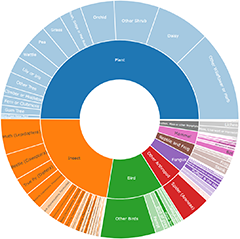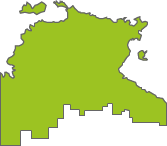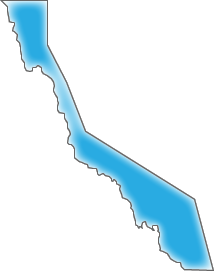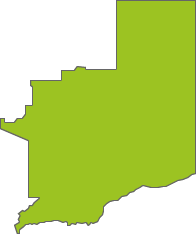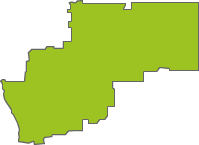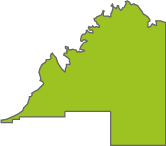Announcements
15 Apr 2025
Dear NatureMapr Moderator Community,We’re excited to share a new feature aimed at saving you time when providing constructive feedback to contributors.You’ll now see "Moderator Quick Response" buttons...
Continue reading
New priority species lists in the ACT
NatureMapr now receives more records in NSW than ACT
NatureMapr Data Collector 6.2.1 update
Critical nature positive infrastructure update
Discussion
Mathew
wrote:
7 min ago
Sorry I don't agree, the inflorescence is more pea like which brought me to Ornithopus. there are also differences including the density of hairs on the leaves. Also, closer look shows that the pinnate leaves are a slightly more alternate look then Tribulus which are completely opposite leaves. no sign of pods to provide more evidence. A lot consisted of umbels of roughly 3 flowers. My apologies was also recorded in September last year.
Tribulus terrestris
Tapirlord
wrote:
21 min ago
Digitaria divaricatissima I suspect but it's not really possible to say
Digitaria (Genus)
DPRees125
wrote:
24 min ago
Thank you for that, I'll look out for some more if the weather holds. First one of these I've had
Proteuxoa (genus)
ibaird
wrote:
33 min ago
Thanks for the P. adelopa suggestion. I think its a contender, more so than P. leptochroa which I looked long and hard at too, if only because the reniform mark has a slight reddish tiinge as here:-
https://www.inaturalist.org/observations/153309953
However, looking at the the two pages for P. adelopa for Part 9 on the supporting disc, i also note the iNaturalist examples also show a white orbicular spot towards the forewing base there and in many odf th e iNaturalist examples which seems to absent in this specimen. Also P. adelopa elsewhere apparently lacks the black 'collar' behind the head apparent here. However, I must say the black dots along the costa seem to match P. paratorna. MoV are tentatative about P. paratorna. They only have a few specimens and the type specimen is in the UK!
https://www.inaturalist.org/observations/153309953
However, looking at the the two pages for P. adelopa for Part 9 on the supporting disc, i also note the iNaturalist examples also show a white orbicular spot towards the forewing base there and in many odf th e iNaturalist examples which seems to absent in this specimen. Also P. adelopa elsewhere apparently lacks the black 'collar' behind the head apparent here. However, I must say the black dots along the costa seem to match P. paratorna. MoV are tentatative about P. paratorna. They only have a few specimens and the type specimen is in the UK!
Proteuxoa (genus)
Significant sightings
- Androchela newmannaria at Crowther, NSW
- Tinocallis ulmiparvifoliae at Melba, ACT
- Dysphania glomulifera subsp. glomulifera at Anglers Reach, NSW
- Walwhalleya subxerophila at Franklin, ACT
- Plectorhyncha lanceolata at Higgins, ACT
- Sceptridium australe at Wyanbene, NSW
- Austrochloritis abrotonus at Berlang, NSW
- Sphaeniscus atilius at Melba, ACT
- Keyacris scurra at Manar, NSW
- Sardia rostrata at Melba, ACT
Recent activity
Grevillea wickhamii at Petermann, NT
Top contributors
- AlisonMilton 16K
- trevorpreston 15.5K
- Hejor1 12.5K
- Tapirlord 11.3K
- MichaelBedingfield 10.7K
- RodDeb 10.2K
- Mike 9.7K
- kasiaaus 9.5K
- ConBoekel 8.6K
- KylieWaldon 8.1K
Top moderators
- MichaelMulvaney 55.3K
- Tapirlord 38.5K
- MichaelBedingfield 21.9K
- Liam.m 19.3K
- donhe 17.2K
- natureguy 15.6K
- ibaird 14.6K
- AlisonMilton 10.7K
- MatthewFrawley 10.1K
- BettyDonWood 8.2K
Explore Australia by region
Australian Capital Territory
Canberra & Southern TablelandsNew South Wales
Southern HighlandsAlbury, Wodonga
Canberra & Southern Tablelands
South Coast
Greater Sydney
Hunter Region
Central West NSW
Riverina Murray
New England
Far West New South Wales
New South Wales North Coast
Northern Territory
Top End and Big RiversCentral and Barkley














































































































